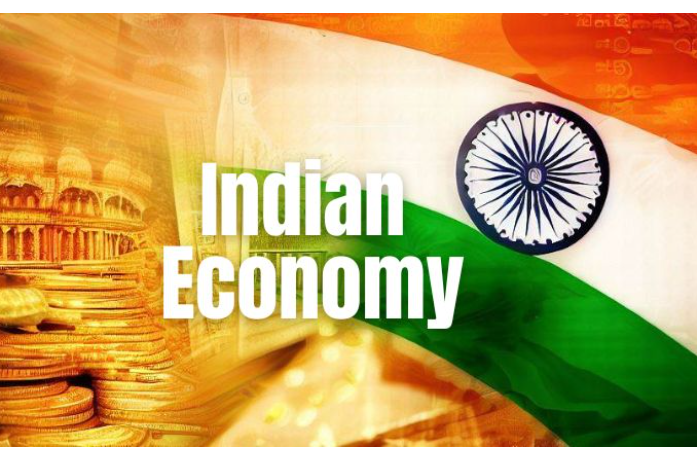Virendra Pandit
New Delhi: As rating agency Fitch on Monday upgraded India’s mid-term GDP growth forecast from 5.5 percent earlier to 6.2 percent now, investment banker Morgan Stanley cautioned that any crude price hike above USD 110 per barrel might force the RBI to increase interest rates again.
For 2023-24, Fitch said the Indian economy is expected to grow at 6.3 percent.
Fitch upgraded India’s GDP mid-term growth forecast by 70 basis points, raising it from 5.5 percent to 6.2 percent. It blamed China, whose economy is in recession, for pulling down the estimate of 10 emerging countries from 4.3 percent earlier to 4 percent now, the media reported.
“The reduction is mainly due to a large reduction of 0.7 percentage points to the estimate of China’s supply-side growth potential,” the rating agency said in its report “Emerging-Market Potential Growth Weakens as China Slows.” China’s mid-term growth forecast has been cut to 4.6 percent from 5.3 percent.
“However, we have made large upgrades to India and Mexico, with the latter benefitting from a much better outlook for the capital-to-labor ratio. India’s estimate is higher at 6.2 percent from 5.5 percent and Mexico’s at 2 percent from 1.4 percent,” it added.
The forecast for Russia has been halved to 0.8 percent from 1.6 percent, for Korea to 2.1 percent from 2.3 percent, and for South Africa to 1 percent from 1.2 percent.
The agency also said the latest estimates remain below its pre-pandemic potential growth projections for all the top 10 emerging markets (EM10), except Brazil and Poland.
“This reflects deteriorating demographic trends and the legacy of disruptions from the pandemic. The latter is partly reflected through revisions to projections for capital stock and productivity growth,” it said.
“But some ‘scarring’ effects are hard to capture and we have now made additional downward ‘level shock’ adjustments to historical estimates of potential GDP in 2020 and 2021 for Mexico, Indonesia, India, and South Africa.”
Fitch also said that including these level shocks and changes to its forward-looking growth estimates means that the projected level of EM10 potential GDP by 2027 is three percentage points below the path implied by extrapolating forward our pre-pandemic estimates of potential growth from 2019.
Meanwhile, given the developments in the Middle East, Morgan Stanley has estimated that a sustained oil price of USD 110 a barrel could undermine India’s economic stability, likely forcing the central bank to resume hiking interest rates.
As the world’s third-biggest consumer of oil, India is among the Asian economies that are the most exposed to rising crude prices. A USD 10 increase in oil prices boosts inflation by 50 basis points and contributes to a 30 basis-point widening in the current account balance, Morgan Stanley’s economists estimated.
Crude prices above USD 110 a barrel would be destabilizing for India’s economy, resulting in higher domestic fuel prices and second-round inflationary effects. The current account deficit (CAD) would also likely widen beyond the comfort level of 2.5 percent of GDP, it said.
“With macro stability indicators stretched under this scenario, we think currency depreciation pressures could rise and lead the Reserve Bank of India to restart its rate hike cycle,”
The RBI has kept its policy rate unchanged four times now but has struck a relatively hawkish tone while inflation remains above the 4 percent midpoint of its target band. The central bank’s forecasts are based on a crude oil price of USD 85 a barrel in the second half of the current fiscal year, ending March 2024.
Morgan Stanley’s base case is for oil prices to be sustained at USD 95 a barrel, which would be more manageable for the economy, it said. Under this scenario, the RBI will likely delay cutting interest rates.
India’s basket of crude oil prices averaged USD 87.09 a barrel as of November 2, compared with an average of USD 90.08 a barrel for the full month of October. Global benchmark Brent crude traded above USD 85 a barrel on Monday.

